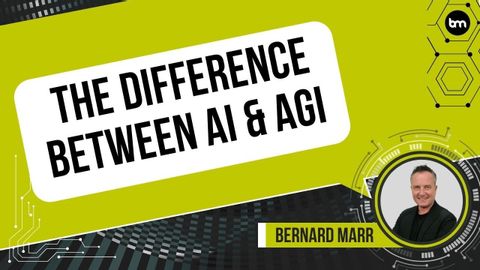AI 不斷進步,現在還出現 AGI?!究竟 AI 跟 AGI 有什麼差別,讓專家解釋給你聽!(What's the Difference: AI and AGI?)
 沒有此條件下的單字
沒有此條件下的單字US /ˈkruʃəl/
・
UK /'kru:ʃl/
US /ˈprɑsˌɛs, ˈproˌsɛs/
・
UK /prə'ses/
- v.t.用電腦處理(資料);(依照規定程序)處理;處理;流程;加工;理解
- n. (c./u.)(規定的)程序;過程;進程;方法;法律程序;進程
US /ˈkɑnˌtɛkst/
・
UK /ˈkɒntekst/
- n. (c./u.)上下文 ; 背景 ; 來龍去脈;背景;環境;語境
US /səˈfɪstɪˌketɪd/
・
UK /səˈfɪstɪkeɪtɪd/
- adj.老於世故的;精緻的:富有經驗的
- v.t.老於世故的人
